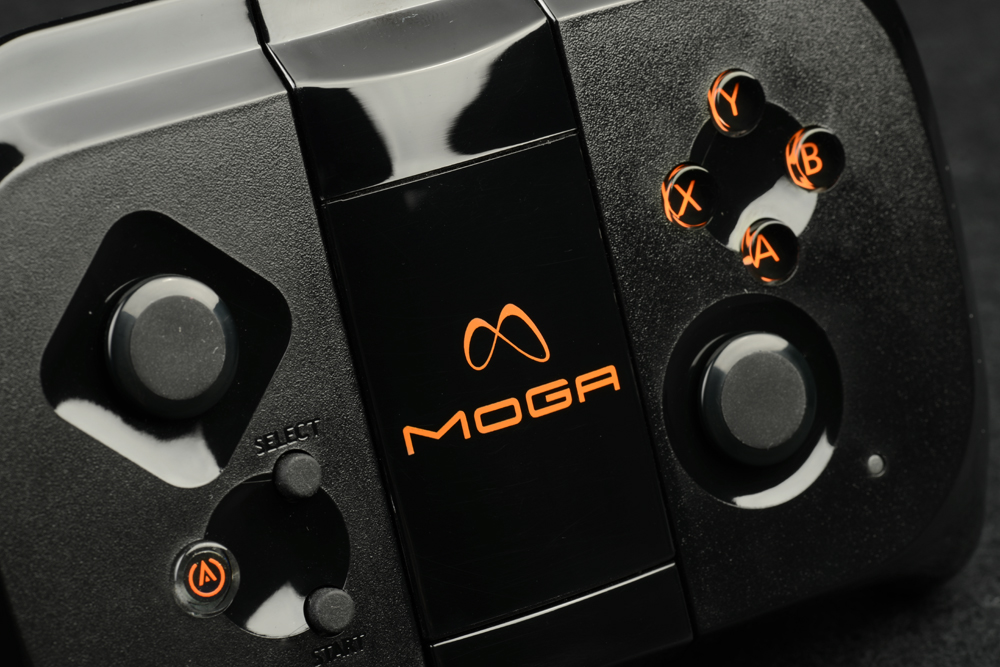App of the Week – Ravensword: Shadowlands
Developer: Crescent Moon Games
Compatible with: iPhone 3GS and up, iPod Touch 3rd Gen. and up, iPad, Android devices
Requires: iOS 5.0 or later, Android 4.0 and up
Price: $7.00
Available: Here for iOS, and Here for Android
You can hit a dinosaur in the face with a sword.
I know that any good porn director will tell you that you shouldn’t start a feature off with the money shot, but I just couldn’t find a way to ease that statement in.
In “Ravensword: Shadowlands,” (freshly available for Android) you have the ability, nay the privilege, to hit a dinosaur square in the face with a weapon of your choosing (mine being the sword).
Oh, and the game itself is an open world RPG that heavily resembles the famed “Elder Scrolls” series in several important and thankful ways. That open world also happens to be beautifully rendered with some of the best technical graphics a mobile system can offer, which are used to accentuate some particularly inspired visual artistic design, all leading to a thematically strong and diverse world that loads every inch with pure content.
“Ravensword: Shadowlands,” definitely cribs heavily from the book of fantasy RPG design, as you’ll level up, complete quests, take on an incredible variety of enemies with multiple weapons, and even dabble in some magical combat enhancements from time to time. There is no getting around the fact you’ve been down this dirt road before, and ventured these same adventures.
It’s very likely, though, you’ve never experienced an RPG of this quality on a mobile system, and that is the difference. Whereas “Shadowlands” would just feel like an “Elder Scrolls” knockoff on a console, albeit an exceptionally well made one, on a mobile device, it is a constant wonder. Games of this high production value and depth usually don’t happen on a mobile platform, and even if they do, they rarely play so well, or come off as polished and executed, as “Shadowlands” does.
Thus every towering structure, open vista, inspired quest, and intense battle with an impossible creature is just that much greater, because by all rights something of this high quality shouldn’t exist in this format.
All of that quality does come at a couple of costs. The first is a heavy amount of glitches and bugs throughout (though the developers are working on ironing these out), while the other is the cost of the app itself. $7 is no doubt more than you spend on the usual app, but considering the horror show that is the world of in-app purchases, paying one flat rate to unlock an entire (and gargantuan) game is actually not a huge burden when you consider this isn’t “Doodle Jump,” but an actual video game, for which $7 would normally be considered a steal.
“Shadowlands” is one of the best games I’ve played this year, on a mobile device or otherwise. What it lacks in originality, it makes up for in every single other aspect possible. This isn’t a mobile game you’ll play until something new comes along, or while bored and about, but something you’ll find yourself going back to no matter where you are or what the circumstances.
Of course when you put all of that aside, you can still hit dinosaurs in the face with a sword. Epic mobile experience or not, that’s going to net you my app of the week.
You can follow us on Twitter and Facebook for content updates. Also, sign up for our email list for weekly updates and check us out on Google+ as well.
Posted in: News
Tags: Android Apps, App of the Week, app recommendations, app reviews, app reviews for dudes, App Store, apple apps, apps, apps for guys, apps for men, apps to buy, best android apps of the week, best android games, best looking apps, best mobile games, best mobile RPG's, Best new android apps, Crescent Moon Games, Elder Scrolls, Elder Scrolls mobile, Google Play, most impressive mobile games, must have android apps, new android apps, Ravensword: Shadowlands, review















